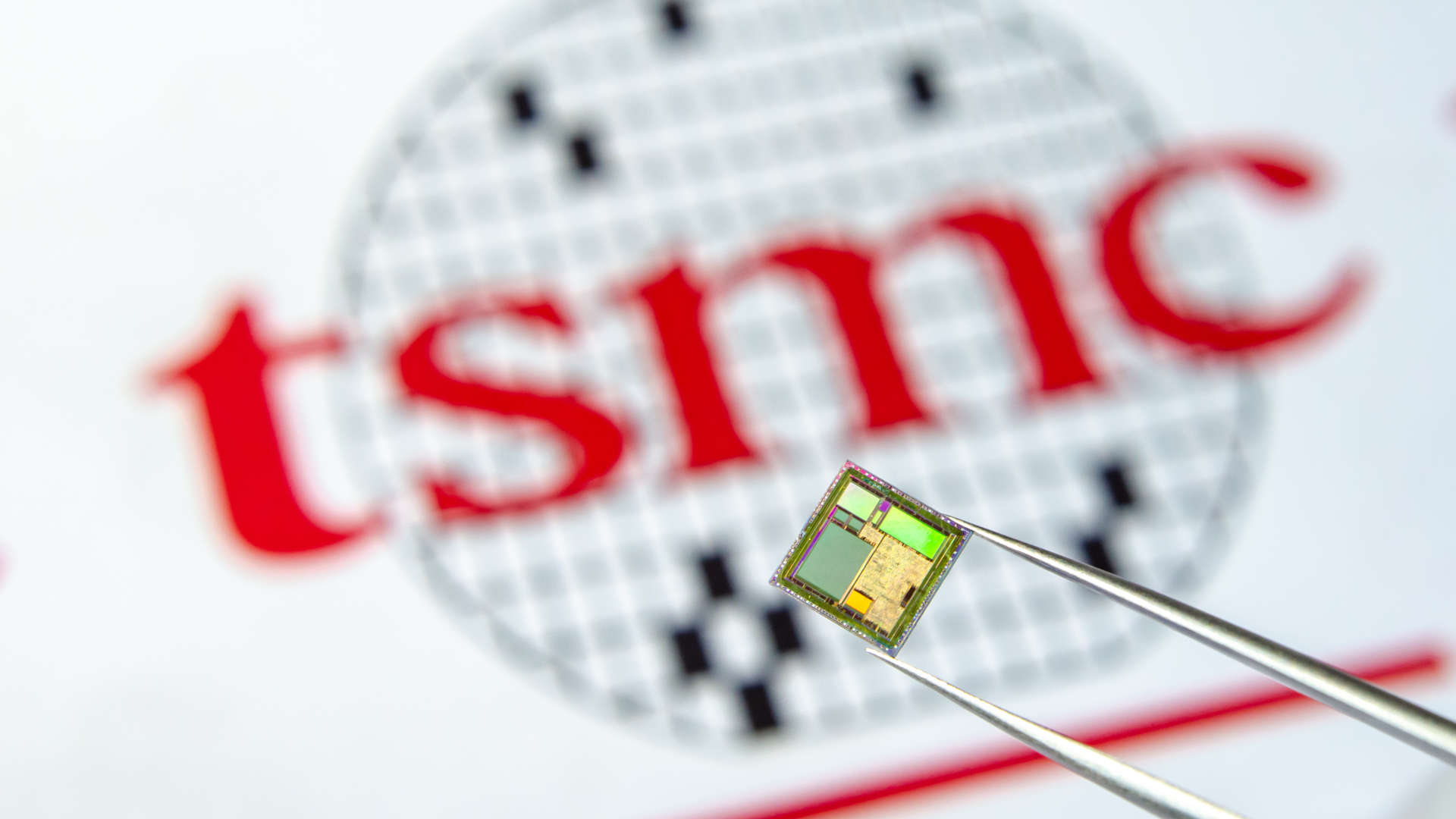TSMC: Our 2nm Node Will Beat Intel's 1.8nm Tech
TSMC believes its 2nm technology will beat Intel's 1.8nm-class process.

Although Intel's 20A (2nm-class) and 18A (1.8nm-class) fabrication technologies are set to be available earlier than TSMC's comparable manufacturing processes, the world's largest contract maker of chips believes that its N3P (3nm-class) technology will offer comparable characteristics with Intel's 18A, whereas its N2 (2nm-class) will beat it across the board in terms of power, performance, area (PPA) advantages.
"Our internal assessment shows that our N3P […] demonstrated comparable [power performance area] to [Intel] 18A, my competitor's technology, but with an earlier time to market, better technology maturity, and much better cost," said C.C. Wei, chief executive of TSMC, at the company's earnings call (via The Motley Fool). "In fact, let me repeat again, our 2nm technology without backside power (N2) is more advanced than both N3P and 18A, and will be the semiconductor industry's most advanced technology when it is introduced in 2025."
Intel's 20A fabrication technology, set to arrive in 2024, promises to be a breakthrough in terms of innovations as it will introduce RibbonFET gate-all-around transistors as well as backside power delivery network (BSPDN), two technologies that are designed to enable higher performance, lower power consumption, and increased transistor density. Meanwhile, Intel's 18A production node is designed to refine 20A's innovations further and offer further PPA improvements already in late 2024 – early 2025.
By contrast, TSMC's 3nm-class N3, N3E, N3P, and N3X fabrication processes all rely on proven FinFET transistors and traditional power delivery network. The world's largest foundry does not seem to be in a hurry with its nanosheet GAA transistors and BSPDN, so the former will be introduced by TSMC's N2 node, set to enter high-volume production in 2H 2025, whereas the latter will be added to N2P that will start mass production in late 2026.
One of Intel's main goals in the coming years is to beat TSMC is terms of technology leadership and land foundry orders from companies that need leading-edge nodes. To do so, Intel is set to introduce three advanced manufacturing processes over the next five quarters and initiate volume production on its 2nm and 1.8nm-class manufacturing technologies in 2H 2024 – 1H 2025. But TSMC believes that even its N3P node that will be used in 2025 will offer comparable PPA to Intel's 18A at a lower price, whereas its N2 will beat it, albeit a year after it will enter the market.
Given that TSMC hasn't disclosed much in terms regarding numbers about its N3P and N2, it is hard to make any conclusions about their competitive capabilities against Intel's 18A. Meanwhile, it is evident that TSMC is very confident in its upcoming process nodes.
Get Tom's Hardware's best news and in-depth reviews, straight to your inbox.

Anton Shilov is a contributing writer at Tom’s Hardware. Over the past couple of decades, he has covered everything from CPUs and GPUs to supercomputers and from modern process technologies and latest fab tools to high-tech industry trends.